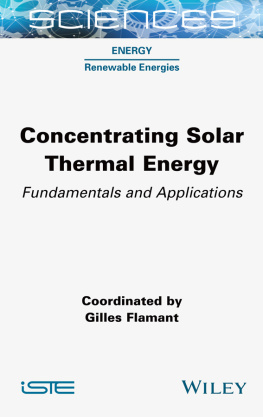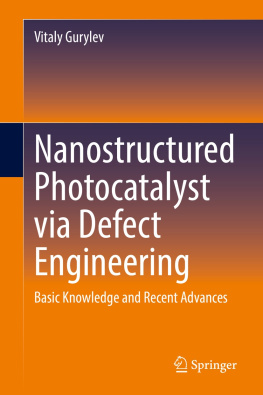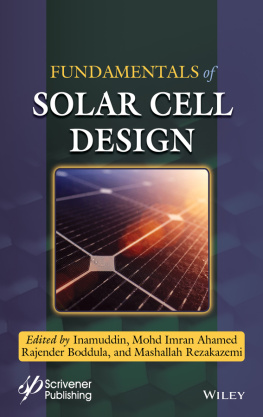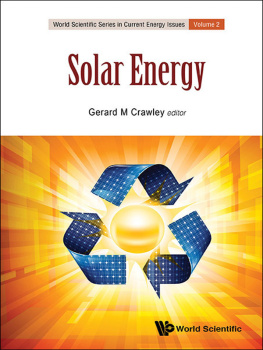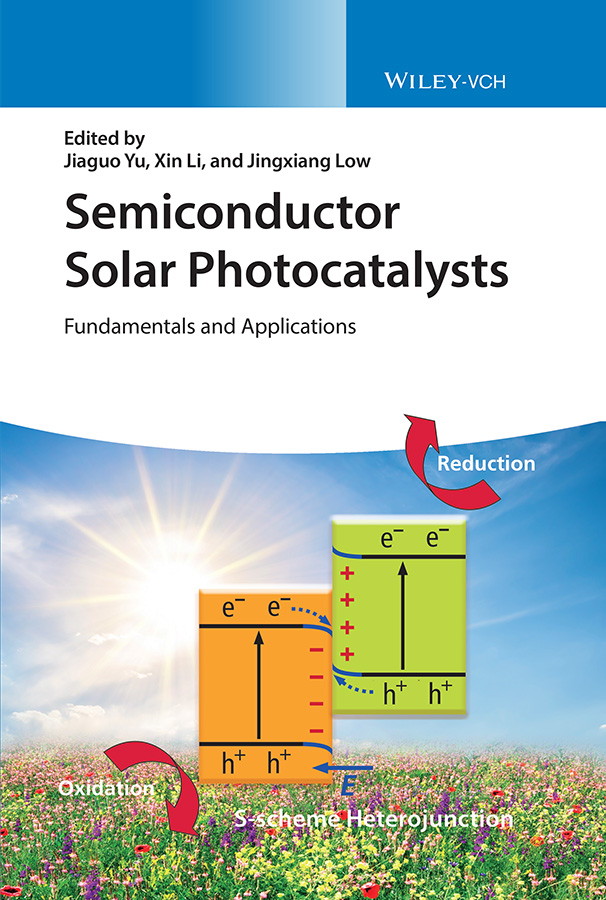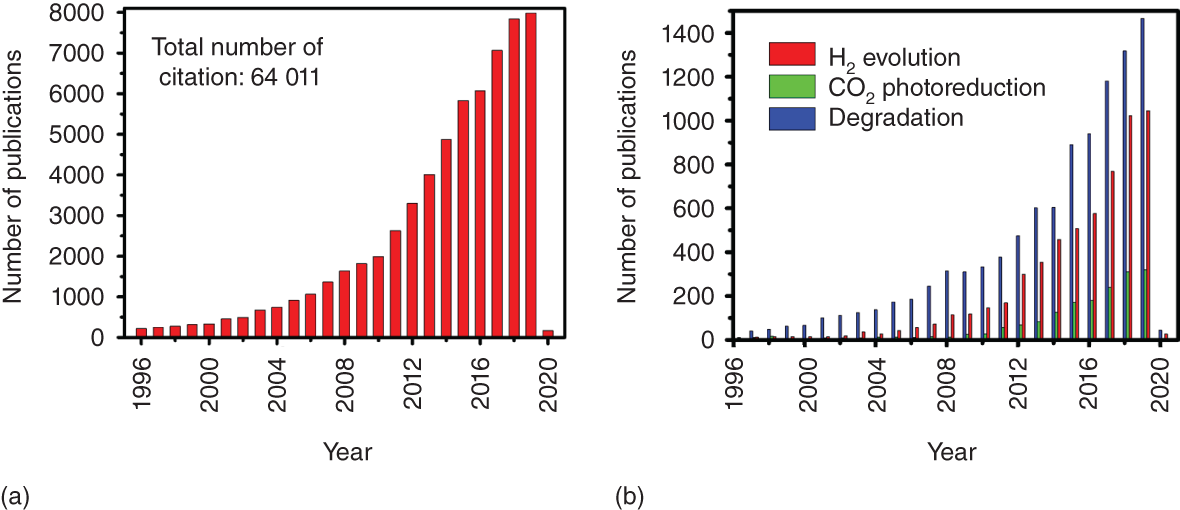Jiaguo Yu - Semiconductor Solar Photocatalysts: Fundamentals and Applications
Here you can read online Jiaguo Yu - Semiconductor Solar Photocatalysts: Fundamentals and Applications full text of the book (entire story) in english for free. Download pdf and epub, get meaning, cover and reviews about this ebook. City: Weinheim, year: 2022, publisher: Wiley-VCH, genre: Science. Description of the work, (preface) as well as reviews are available. Best literature library LitArk.com created for fans of good reading and offers a wide selection of genres:
Romance novel
Science fiction
Adventure
Detective
Science
History
Home and family
Prose
Art
Politics
Computer
Non-fiction
Religion
Business
Children
Humor
Choose a favorite category and find really read worthwhile books. Enjoy immersion in the world of imagination, feel the emotions of the characters or learn something new for yourself, make an fascinating discovery.

- Book:Semiconductor Solar Photocatalysts: Fundamentals and Applications
- Author:
- Publisher:Wiley-VCH
- Genre:
- Year:2022
- City:Weinheim
- Rating:3 / 5
- Favourites:Add to favourites
- Your mark:
Semiconductor Solar Photocatalysts: Fundamentals and Applications: summary, description and annotation
We offer to read an annotation, description, summary or preface (depends on what the author of the book "Semiconductor Solar Photocatalysts: Fundamentals and Applications" wrote himself). If you haven't found the necessary information about the book — write in the comments, we will try to find it.
Provides a timely overview of basic principles and significant advances of semiconductor-based photocatalysts for solar energy conversion
Semiconductor Solar Photocatalysts: Fundamentals and Applications presents a systematic, in-depth summary of both fundamental and cutting-edge research in novel photocatalytic systems. Focusing on photocatalysts with vast potential for efficient utilization of solar energy, this up-to-date volume covers heterojunction systems, graphene-based photocatalysts, organic semiconductor photocatalysts, metal sulfide semiconductor photocatalysts, and graphitic carbon nitride-based photocatalysts.
Organized into six chapters, the text opens with a detailed introduction to the history, design principles, modification strategies, and performance evaluation methods of solar energy photocatalysis. The remaining chapters provide detailed discussion of various novel photocatalytic systems such as direct Z-scheme and S-scheme photocatalysts, organic polymers, and covalent organic frameworks. This authoritative resource:
- Explains the essential concepts of solar energy photocatalysis and heterojunction systems for photocatalysis
- Reviews interesting structures and new applications of semiconductor photocatalysts
- Features contributions from an international panel of leading researchers in the field
- Includes extensive references and numerous tables, figures, and color illustrations
Semiconductor Solar Photocatalysts: Fundamentals and Applications is valuable resource for all catalytic chemists, materials scientists, inorganic and physical chemists, chemical engineers, and physicists working in the semiconductor industry.
Jiaguo Yu: author's other books
Who wrote Semiconductor Solar Photocatalysts: Fundamentals and Applications? Find out the surname, the name of the author of the book and a list of all author's works by series.



